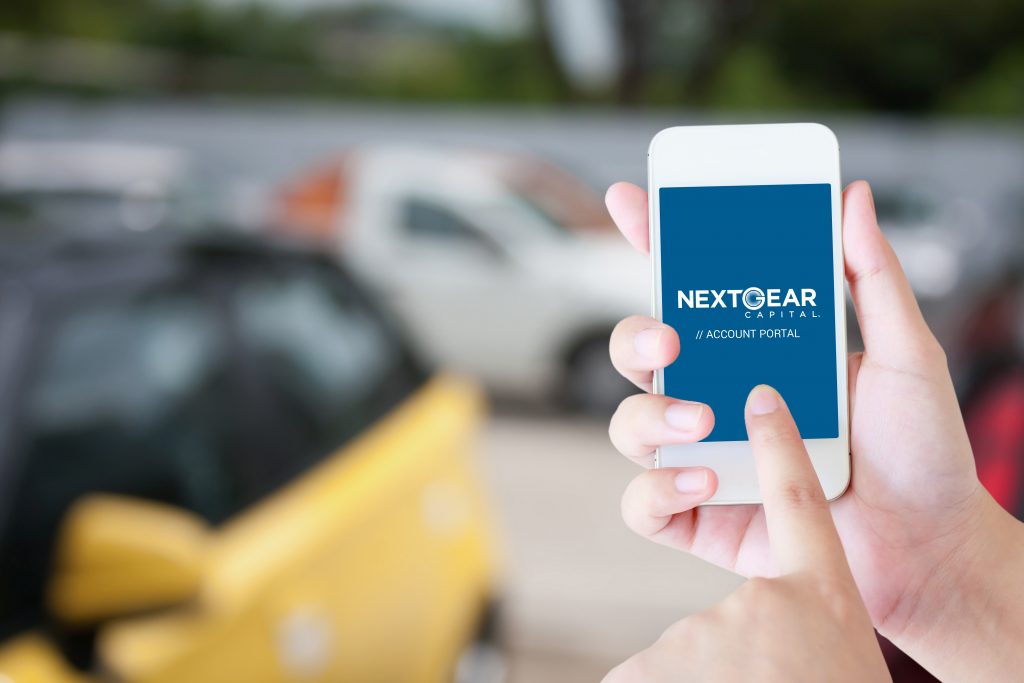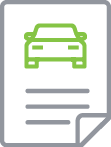
Independent dealers are in control of how they use their floor plans. Compared to using cash, floor plans have the ability to help free up time and dealership resources. However, properly managing an independent dealer floor plan comes with its own set of management responsibilities. Keeping a few key components in mind can help dealers find success, and avoid the following mistakes.
Dealers Forget Floor Planning Is a Cash Flow Tool
Floor plans are meant to help dealers alleviate their cash flow needs. When inventory is purchased with cash, dealers tie up the use of their dealership savings. Without a floor plan, dealers can’t use their cash on hand for other expenses. What could those funds be doing if they weren’t tied up in vehicle inventory? Dealerships could hire more people, improve service operations, or put more cash towards dealership expansion.
Dealers Floor Plan Carelessly
Though a dealer might have access to a $300,000 line of credit, that doesn’t mean they should immediately purchase $300,000 of inventory. If a dealer purchases more inventory than what they can reasonably sell in a month, they’ve put themselves in a situation where they might not realistically be able to pay back the initial loan amount in a timely manner.
Dealers Don’t Actively Manage Their Floor Plan
Independent dealer floor plan providers monitor certain cues that may reveal that a dealer might be dealing with some issues. Those main cues are turn times and insufficient funds (NSFs).
Turn times will often signal dealership health. The faster a dealer can sell a car, the faster a floor plan loan gets repaid. Though a vehicle might just be sitting on a dealership lot, that car is still depreciating and consuming dealership funds and resources. The longer the vehicle sits, the more it will depreciate, and the more it will cause concern for a floor plan lender.
Insufficient funds, or NSFs, are a critical indicator for floor plan lenders that a dealer isn’t actively involved in managing their floor plan. It’s often a sign that there are underlying issues within a dealer’s account.
A floor plan is meant to be a tool to help dealers succeed. By actively managing a floor plan, dealers can potentially avoid these mistakes and build a thriving and profitable dealership. Have questions about floor plan management? Let us know!








 Floor planning empowers independent auto dealers to simply fund and stock dealership lots with in-demand inventory. Though it’s exciting to finally be able to relieve dealership cash flow issues and purchase additional inventory, managing an auto dealer floor plan line of credit comes with its own set of responsibilities. Be prepared to manage your floor plan by considering the following tips.
Floor planning empowers independent auto dealers to simply fund and stock dealership lots with in-demand inventory. Though it’s exciting to finally be able to relieve dealership cash flow issues and purchase additional inventory, managing an auto dealer floor plan line of credit comes with its own set of responsibilities. Be prepared to manage your floor plan by considering the following tips.











